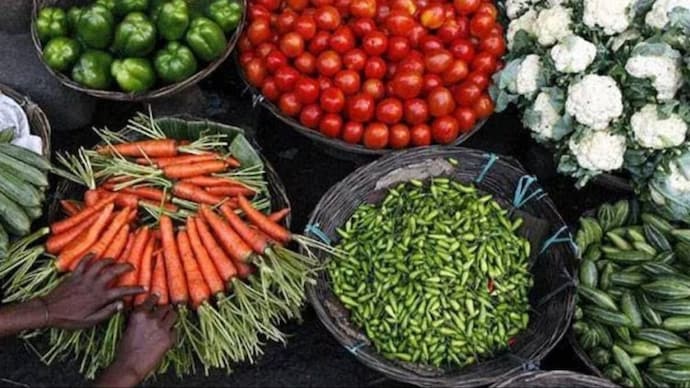India witnessed a notable uptick in retail inflation during November, with the Consumer Price Index (CPI) surging to 5.5%, a notable increase from the 4.8% recorded in October. This rise, reflective of the broader economic landscape, has implications for consumers, policymakers, and businesses alike.
Several factors contribute to this inflationary trend. Firstly, the escalating prices of essential commodities, including food and fuel, have played a pivotal role. Supply chain disruptions, exacerbated by the ongoing global challenges such as the pandemic and geopolitical tensions, have contributed to increased costs, ultimately impacting consumer prices.

Source:- India Today
The energy sector has been a significant driver, with fuel prices witnessing a surge in recent months. The ripple effect of elevated fuel costs permeates various aspects of the economy, influencing transportation expenses and production costs. Consequently, businesses may face challenges in maintaining profit margins, potentially leading to strategic adjustments and pricing considerations.
Food inflation, another critical component, has been influenced by factors such as supply chain disruptions, weather-related issues, and global commodity price fluctuations. These challenges have cascading effects, affecting not only household budgets but also creating challenges for policymakers in managing inflationary pressures.
The Reserve Bank of India (RBI), as the country’s central bank, plays a crucial role in addressing inflation concerns. The recent inflationary surge may prompt the RBI to reassess its monetary policy stance. The central bank faces the delicate task of balancing inflation containment with supporting economic growth. Decisions on interest rates and liquidity measures will be closely scrutinized for their impact on both inflation and economic activity.
For consumers, the uptick in inflation translates into higher prices for goods and services, impacting their purchasing power. Essential items, particularly those constituting a significant portion of household budgets, become more expensive. This can lead to changes in consumption patterns as individuals and families adjust to the evolving economic landscape.
Businesses, on the other hand, may need to navigate a challenging environment marked by increased costs. Strategies such as cost optimization, efficiency improvements, and pricing strategies become crucial for maintaining competitiveness and sustaining operations.
In conclusion, the surge in retail inflation in India during November underscores the complex interplay of global and domestic factors impacting the economy. As stakeholders monitor the evolving situation, attention will be directed towards the responses of policymakers, particularly the RBI, and the strategies adopted by businesses to navigate these challenging economic conditions.
Share your views in the comments

